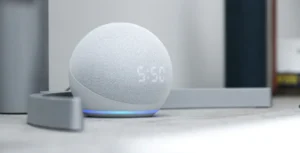In today’s world, where energy costs keep rising and sustainability has become a personal responsibility, using smart meters to monitor your energy usage can make a real difference. Whether you live in a cozy apartment or a family home, a smart meter can help you understand exactly how and when you’re using energy — and what you can do to save both money and the planet.
If you’ve already dipped your toes into smart home automation, you’ll love how easy it is to integrate smart meters with your existing setup. In this guide, I’ll walk you through everything you need to know — from what smart meters do, how they work, and how to read them, to setting up apps that analyze your habits and automatically optimize your routines.
What Is a Smart Meter and How Does It Work?
A smart meter is a next-generation version of your traditional electricity or gas meter. Instead of requiring manual readings, it automatically records your consumption and transmits it securely to your energy provider in real time.
Here’s what makes smart meters special:
- Automatic data transmission – No more estimated bills or manual readings.
- Real-time tracking – See exactly when you’re using the most energy.
- App integration – Control your energy data through your smartphone or smart home hub.
- Better budgeting – Understand your usage patterns and adjust accordingly.
In essence, smart meters give you transparency and control — two things traditional meters simply couldn’t offer.
Why You Should Monitor Your Energy Usage
Before diving into setup, let’s talk about why this matters. When you monitor your energy usage with smart meters, you gain insights that help you:
- Reduce waste: Spot appliances that consume energy even when idle.
- Save money: Identify peak hours and shift usage to off-peak times.
- Track improvements: Measure the impact of energy-efficient changes.
- Support sustainability: Every kilowatt saved reduces your carbon footprint.
Pairing your smart meter with smart plugs, thermostats, and lighting systems can take your savings to the next level. (If you’re curious how this works, check out How to Set Up Energy-Efficient Routines with Alexa or Google Home and 5 Smart Lighting Setups That Pay for Themselves.)
How to Set Up Your Smart Meter
Setting up a smart meter is easier than it sounds — though it depends on where you live and your energy provider.
Here’s a step-by-step overview:
- Check availability: Not all regions offer smart meter installations yet. Contact your energy provider.
- Book installation: A certified technician installs the smart meter for free in most cases.
- Download your provider’s app: Most companies offer an app to monitor usage.
- Connect to Wi-Fi or Zigbee hub: This enables live updates and integration with smart home devices.
- Access real-time data: Start tracking electricity, gas, and even solar production.
Once you’re set up, you’ll see your usage displayed in easy-to-read graphs — often broken down by time of day, appliance type, or even weather conditions.
Connecting Your Smart Meter with Alexa or Google Home
Smart meters really shine when integrated with voice assistants.
- With Alexa: Enable your energy provider’s Alexa Skill (e.g., “Alexa, ask my energy provider how much electricity I used today”).
- With Google Home: Use the Google Home app or compatible services like IFTTT to trigger routines when energy use spikes.
For example:
“Alexa, turn off all lights when energy consumption exceeds 1 kWh per hour.”
You can even link it to smart thermostats like the Ecobee or Nest Learning Thermostat to automatically optimize heating and cooling based on real-time data. (See also: How to Set Up a Smart Thermostat with Alexa.)
Top Smart Meters and Energy Monitors in 2025
If your energy provider doesn’t offer a smart meter yet, you can buy standalone devices that perform similar functions. Here are a few top-rated options from AliExpress and Amazon.
1. Shelly EM Smart Energy Monitor
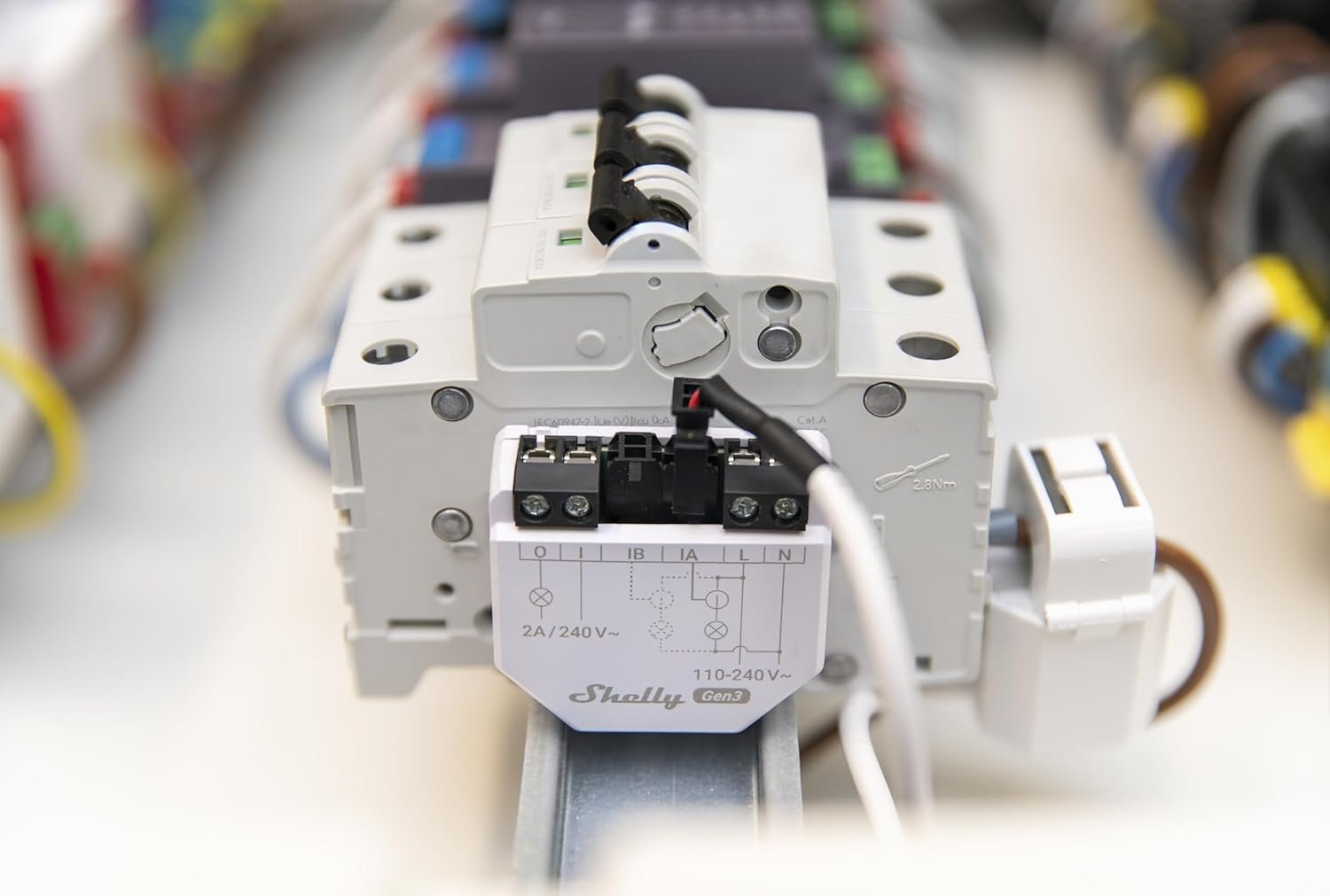
Shelly EM Smart Energy Monitor
- Features: Tracks two electrical circuits independently.
- Compatibility: Works with Alexa, Google Home, SmartThings.
- Why it’s great: Compact design and excellent app interface.
- Price range: ~$50–$70.
2. Emporia Vue Smart Energy Monitor

Emporia Vue Smart Energy Monitor
- Features: Monitors entire home or individual circuits.
- Pros: Detailed usage analytics in the app, solar support.
- Cons: Requires installation inside the breaker panel.
- Price range: ~$80–$120.
3. TP-Link Kasa Smart Plug HS300
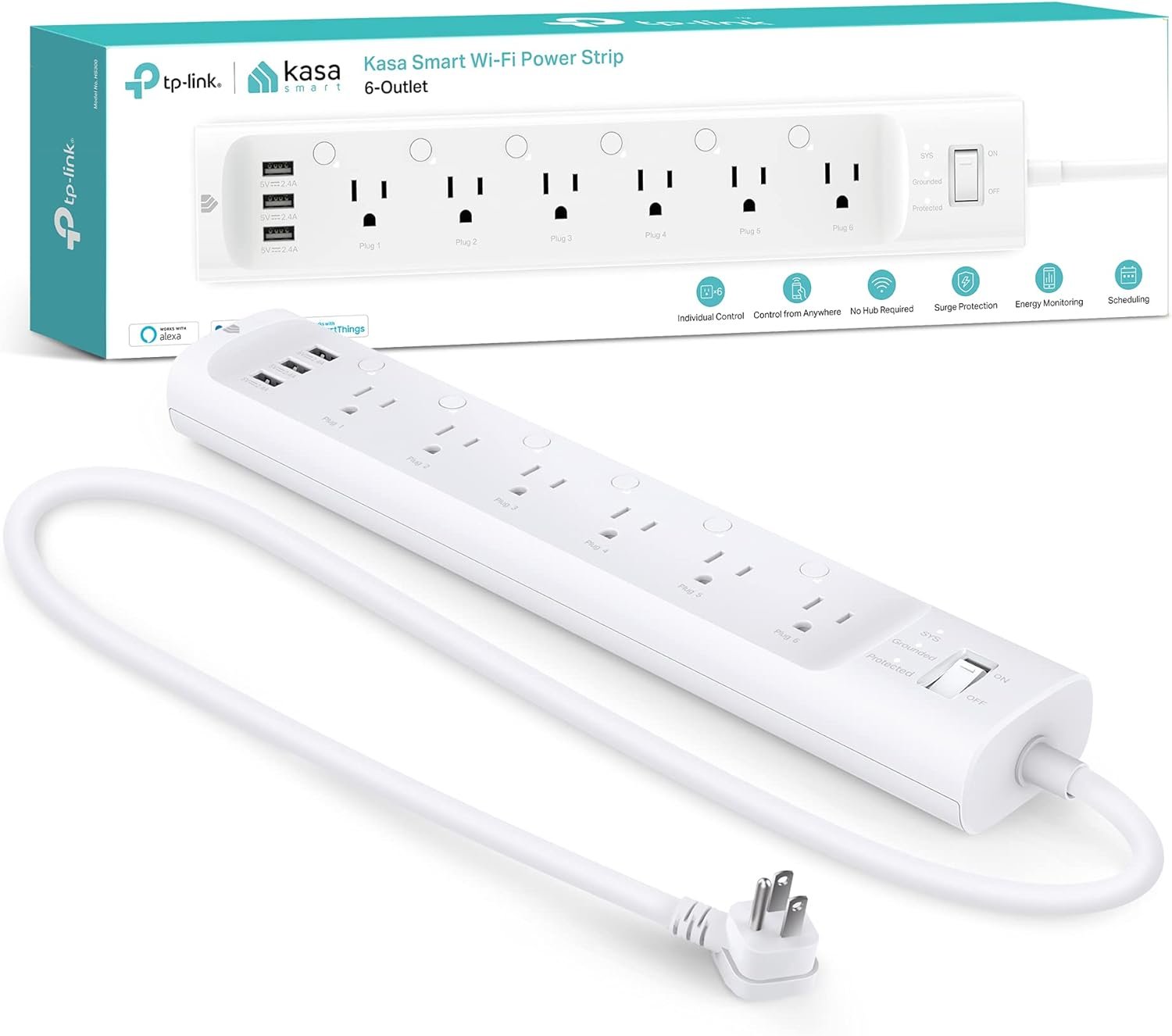
TP-Link Kasa Smart Plug HS300
- Features: Six smart outlets, each with energy monitoring.
- Why it’s unique: Doubles as a surge protector and smart strip.
- Price: ~$60.
- (We also covered it in Best Smart Power Strips to Save Money in 2025.)
4. Efergy True Power Meter
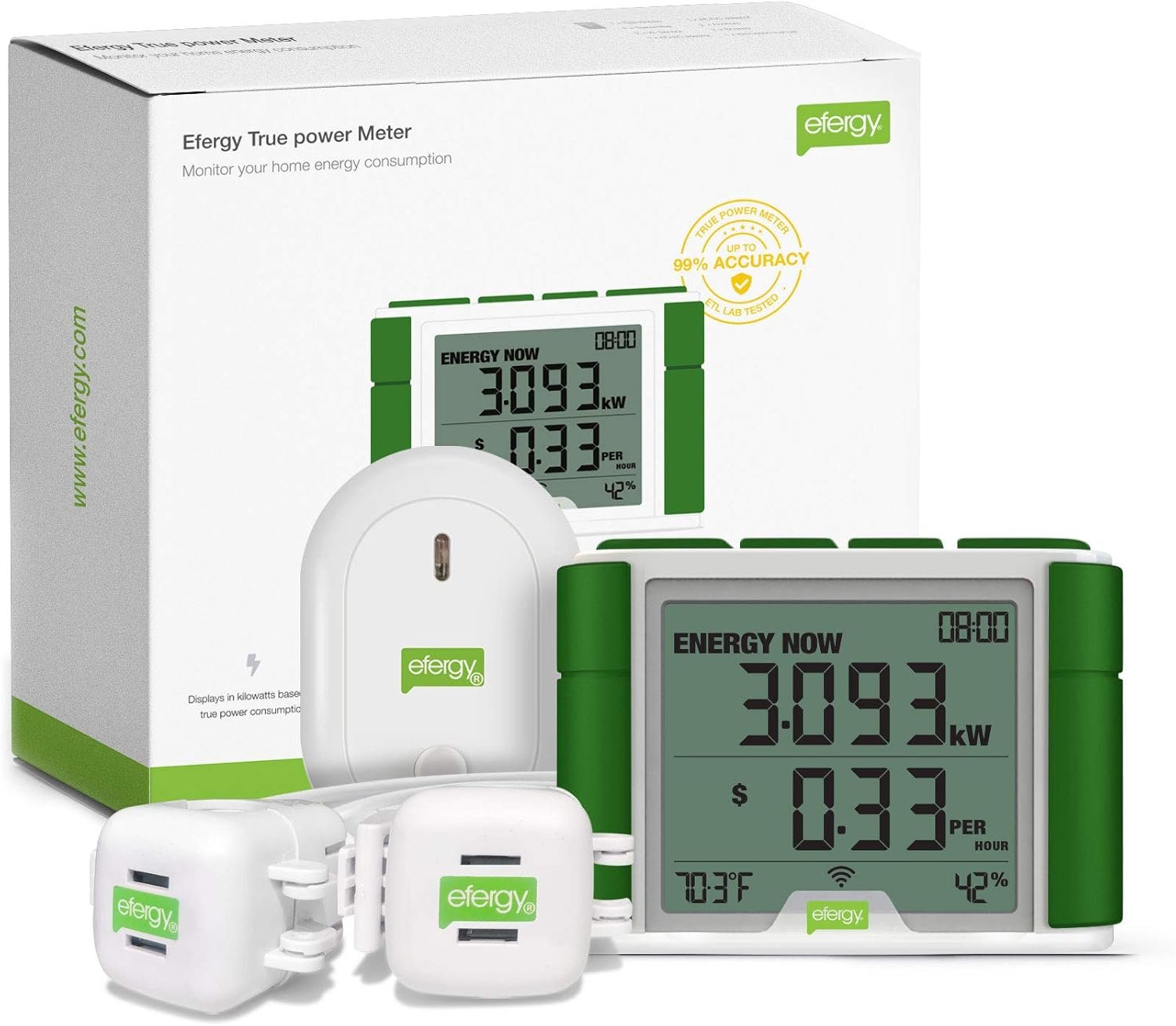
Efergy True Power Meter
- Features: Wireless, no rewiring required.
- Pros: Simple plug-and-play installation.
- Cons: Less detailed data than wired options.
- Price: ~$170.
5. Tuya Wi-Fi Smart Power Meter
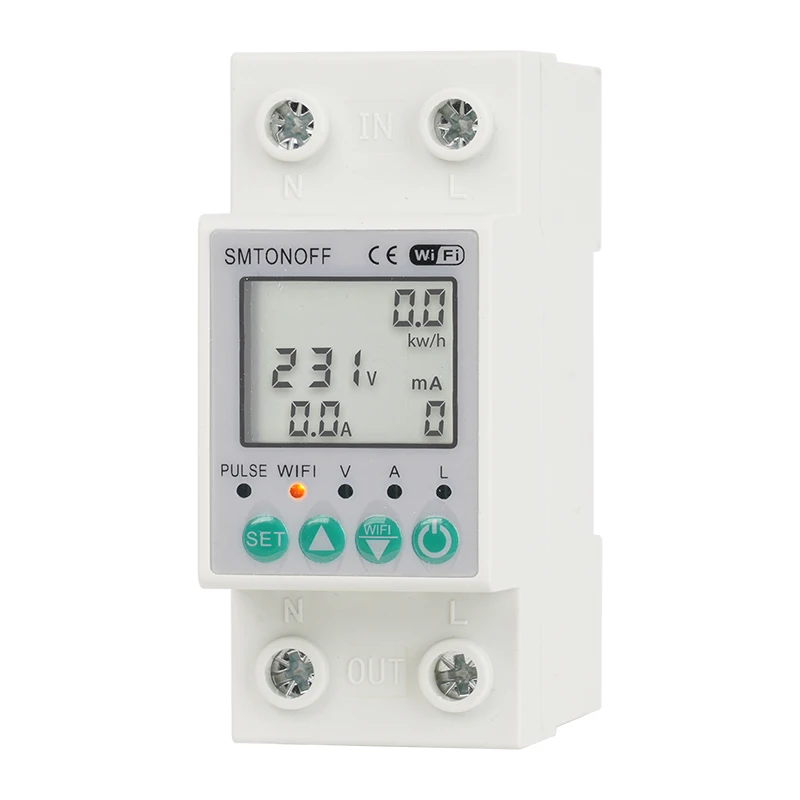
Tuya Wi-Fi Smart Power Meter
- Features: Wi-Fi-enabled, real-time monitoring via Tuya Smart app.
- Pros: Integrates with Alexa/Google and supports automation triggers.
- Cons: Works best for single circuits.
- Price: ~$35–$60.
Reading and Understanding Your Smart Meter Data
Most people install smart meters and never look beyond the dashboard — but that’s where the real savings are hiding!
Here’s what to pay attention to:
- Daily and weekly trends: Identify which days or hours consume the most power.
- Standby load: The background energy used by “off” devices.
- Seasonal patterns: Adjust HVAC or lighting routines for weather changes.
- Peak vs. off-peak usage: Shift heavy usage (laundry, charging EVs) to cheaper times.
By doing this, you can fine-tune your automation routines. For instance, use a smart plug to cut power to entertainment devices after midnight, or automate lighting dimming during daylight hours.
Tips to Save Energy Using Smart Home Automation
Here’s how to combine smart meters with other smart gadgets for maximum efficiency:
- Link with Smart Plugs: Monitor and cut power automatically when devices are idle.
- Automate Thermostat Settings: Sync your smart thermostat to reduce heating/cooling when energy prices rise.
- Smart Lighting Scenes: Dimming and scheduling lights can reduce your bill by up to 20%.
- Voice-Control Efficiency: Ask Alexa or Google Home for real-time energy reports.
- Use Energy Dashboards: Many apps visualize energy flow for quick insights.
If you want more automation inspiration, check out Smart Home Automation Ideas for Small Apartments and 7 Smart Home Gadgets That Improved My Daily Routine.
Troubleshooting Common Smart Meter Issues
Smart meters are reliable, but here are a few quick fixes for common hiccups:
- No data updates? Check Wi-Fi or Zigbee hub connection.
- App not syncing? Reinstall or refresh the device integration.
- Incorrect readings? Calibrate through the app or restart your meter.
- Alexa not responding? Disable and re-enable the smart skill.
Most issues can be resolved within minutes, and your provider’s customer support can handle the rest remotely.
Final Thoughts: Why Smart Meters Are Worth It
Learning how to monitor your energy usage with smart meters is one of the most practical steps toward a sustainable lifestyle. It’s not just about cutting bills — it’s about understanding how your home breathes, how it consumes energy, and how small habits can create real change.
Smart meters fit seamlessly into modern smart homes, complementing everything from voice assistants to automated thermostats. And the best part? You’ll see the impact — both on your electricity bill and on your contribution to a greener planet.
So go ahead — start tracking, optimizing, and automating. Your wallet (and the Earth) will thank you.








